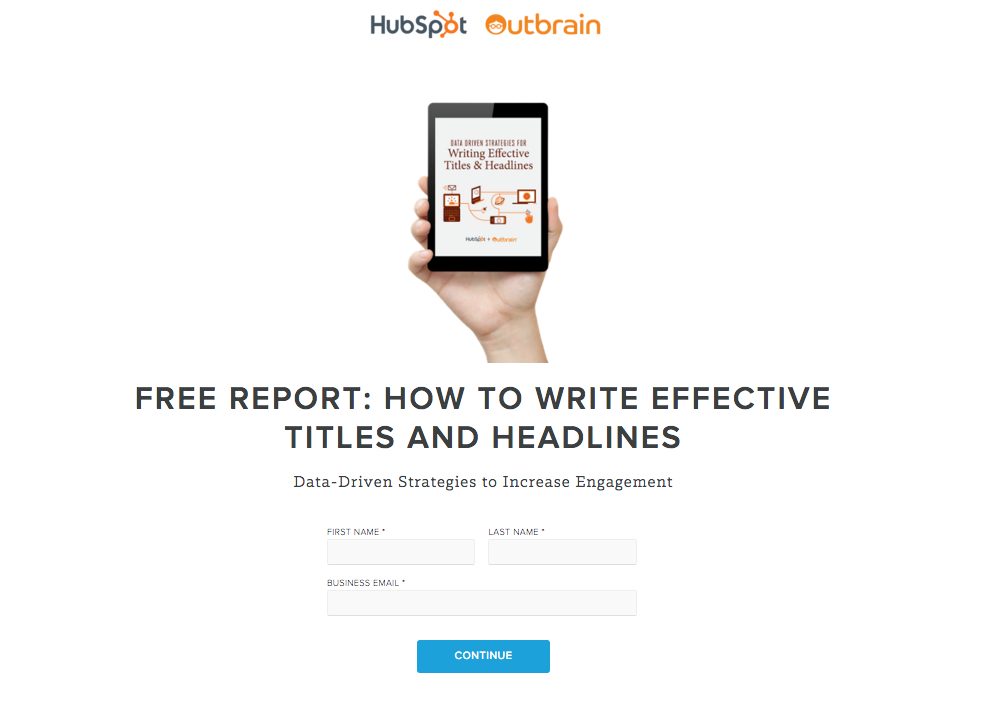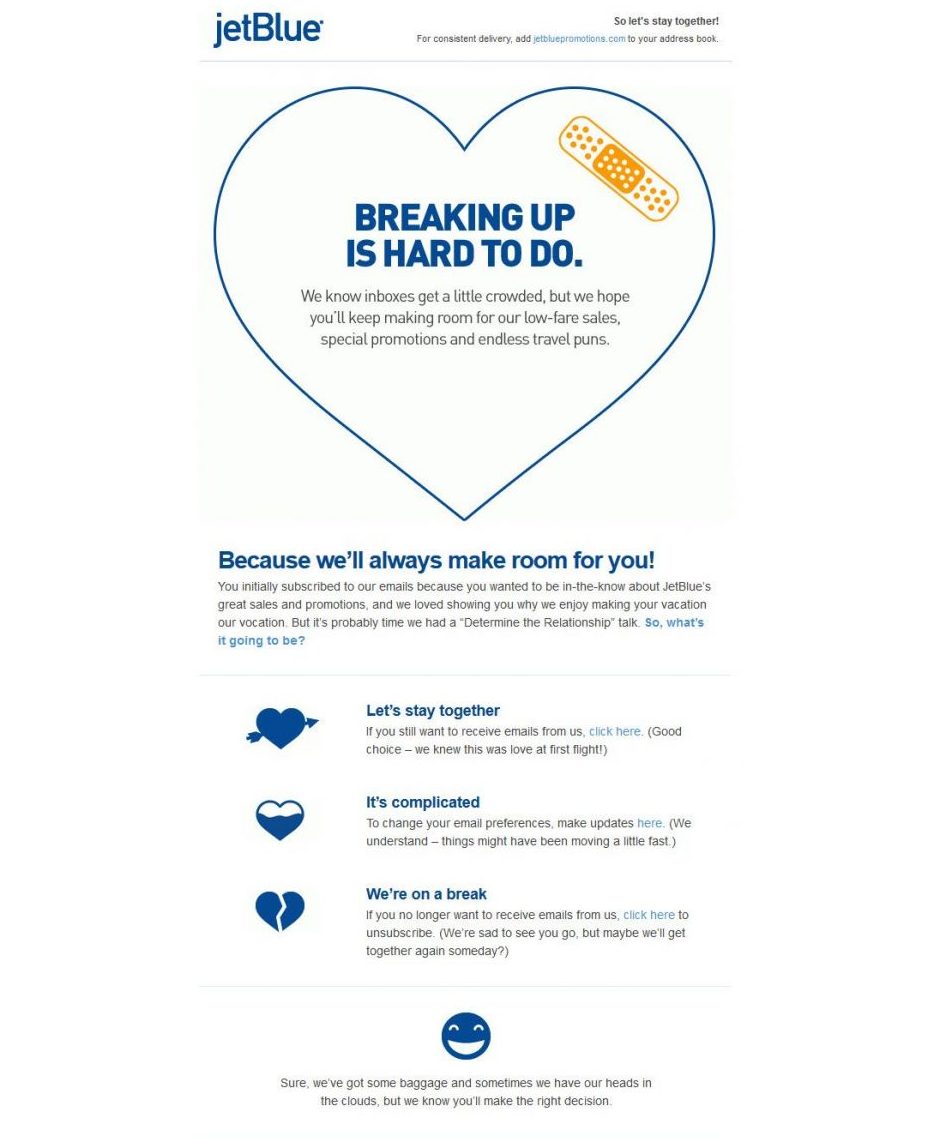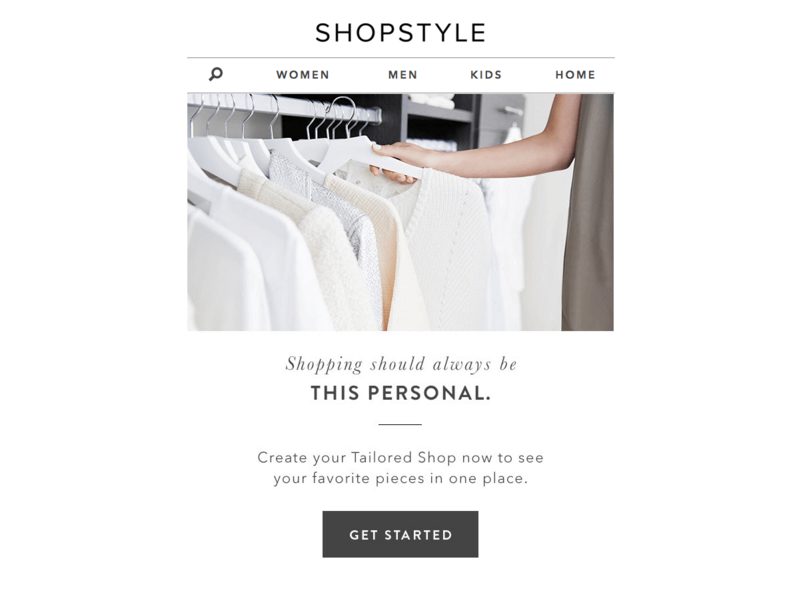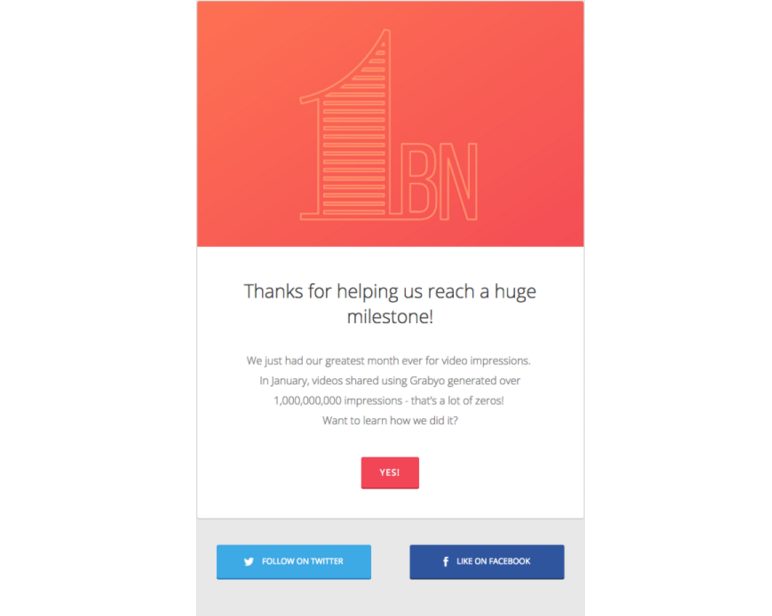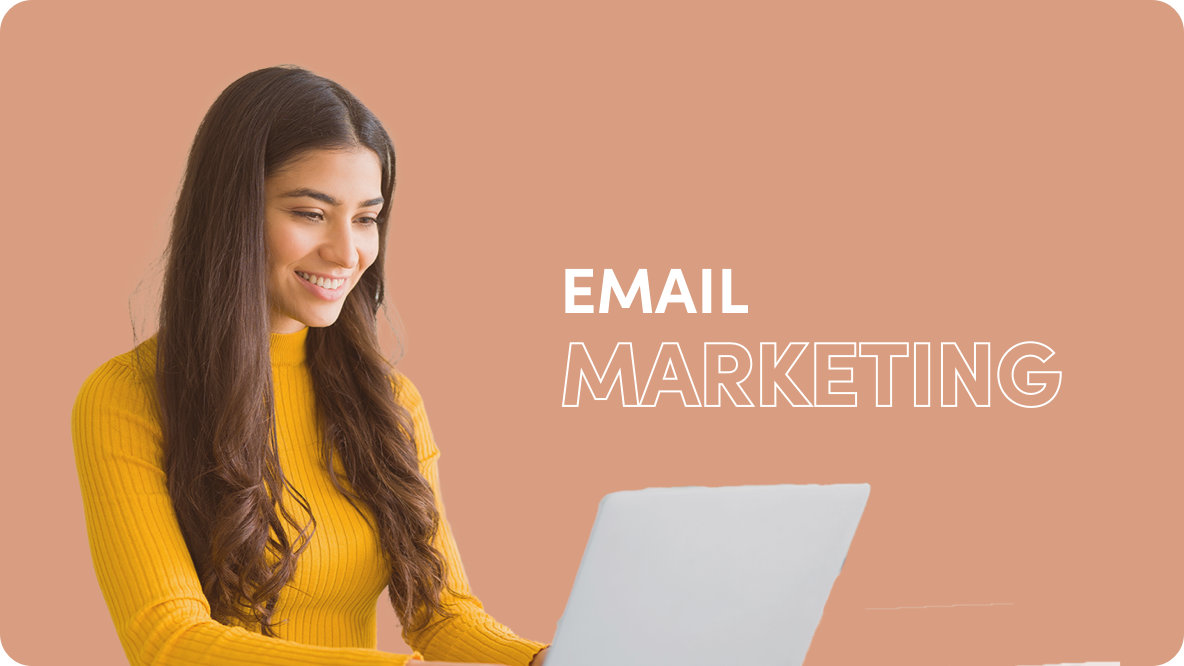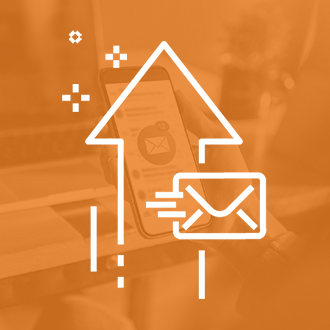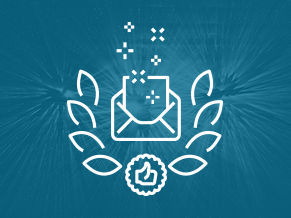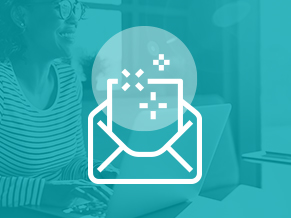The Email Marketing Funnel You Probably Didn’t Know You Needed
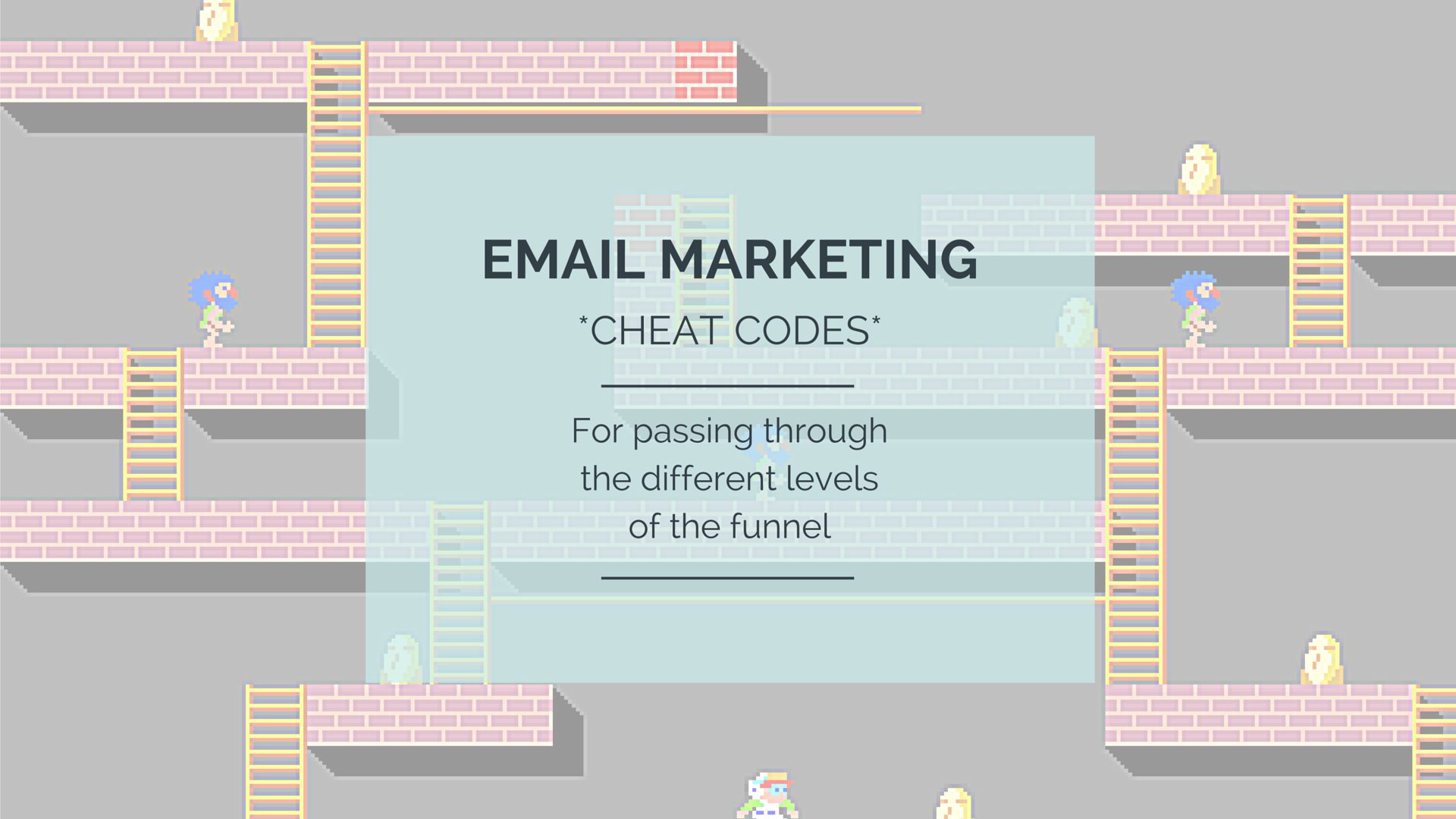
Really quickly, think about your favorite video or board game.
There are levels you must pass through to reach the end of the game, right?
Well, email marketing is no different – to get to the coveted email conversion, you must first pass through the other levels of the candy cane forest – I mean, funnel.
Since email is, in most cases, the first and only direct line of communication with your customers, you need to be nailing it each and every time.
Let my experience and knowledge serve as your email marketing cheat codes.
Deliverability
The first and most underestimated level of the email funnel is deliverability.
If your emails aren’t being delivered, it’s safe to assume you’ll never achieve a conversion from it.
There are a few things you can do to make sure your email deliverability is on par and stays that way:
Responsible List Building – A typical knee-jerk reaction for beginner marketers is to get as many email addresses and leads in the database as possible, regardless of quality or origin.
Aside from the obvious CAN-SPAM laws, your email opt-in should be strict.
At the end of the day, you only want to send to people who WANT to get your mailings. By doing this, you’ll help prevent internet service providers from blacklisting your IP address – the blue turtle shell of the email race.
You can tailor your opt-in process even further by having an extensive preference center where readers can determine what and how often they hear from you.
Choices, everyone loves choices!
Most reputable email service providers can get set you up with a preference center or at the very least make sure your single opt-in process is secure.
At Outbrain, to gather qualified and engaged leads for our database, we utilize whitepapers, popups, and landing pages as a means of capturing data.
|
|
Regular List Maintenance and Hygiene – Maintaining your email database isn’t a one and done process. It requires constant care and attention. Just as yours might, your readers’ preferences and interest in your brand may change over time.
You should do a re-engagement campaign every 6-12 months (decide what is best for your business model) to make sure users are still engaged with you and the ones who haven’t opened an email from you in a while get removed from your mailing database.
While it may seem sad to say goodbye to these customers, the cold hard facts are that they aren’t engaged with your brand the way they once were.
The silver lining?
Your performance metrics will thank you – better quality leads equals higher engagement rates.
JetBlue did a great job with their re-engagement campaign by reminding users why they first subscribed and providing them with options to continue to receive correspondence.
|
|
Relevant Content and Segmentation – Poor content and list segmentation alone won’t drastically affect deliverability, but over time, if your content is irrelevant, unnecessary or boring, readers can and will mark you as spam.
As a marketer, it can seem easiest to blast your message at any given moment but keep in mind that your subscribers are people just like you.
Make sure you are not sending to the largest list, but sending to the right list. They’ve given you their email address as a token of trust, don’t take advantage of it.
Open Rate
Congratulations, you’re one step closer to having readers see your awesome email content!
Next up?
The beloved open.
Getting your email opened is crucial and contingent upon a few key factors: sender name, subject line, mailing time, and mailing frequency/relevancy.
Let’s break it down.
Sender Name – You should always send from an alias that is relevant to your business and one that your readers can easily recognize and trust.
Keep in mind that readers will use your sender name to search for your past emails in their inbox so it’s important to stay consistent and incorporate your brand even when using a person’s name if possible.
For example, at Outbrain, we will use a specific sender name but phrase it “Kim Rau, Outbrain” instead of “Kim Rau.” As an Outbrain user, you may not know who Kim Rau is personally, but you can gather that she works for Outbrain and that is a product you know and trust, therefore you feel more inclined to open our email.
|
|
Subject Line – Subject lines are to email marketing what pickup lines are to dating – tricky, but effective when done correctly.
As a rule of thumb, simpler is better.
Make sure your subject line instills curiosity but doesn’t trick your reader – that’s a good way to get yourself blocked.
For example, if sending an invite to a webinar or event, your subject line could read, “Are you free this Wednesday?”
Another way to grab their attention is to write a subject line that will motivate them and/or provide value.
The best way to know what can do this is to use the data you’ve been collecting on your readers. Using this data along with A/B testing your subject lines any chance you get will get you closer to that subject line sweet spot you’ve been searching for.
The vast majority of email platforms make it a breeze to A/B test your subject lines, what are you waiting for?
Mailing Send Time – While you may just be blasting your emails at the same time each morning, you should take into consideration send-time optimization or STO.
Most email service providers have this option built into the platform but if not, you can easily figure out the most optimal time for your customers to receive your emails. You do this by analyzing past data and testing new email send times.
You’ll start to see a trend on certain days or times which you can then use to schedule your mailings.
Typically, sending emails on weekends are not optimal for most people but if your data shows otherwise, do what is best for your business and industry.
Mailing Frequency and Relevancy – This point comes last but not because it is the least important. You should really be using the golden rule when it comes to emailing for your business, “treat customer inboxes like you want yours to be treated.”
Too often I see that brands are blasting emails to my inbox – too frequently and with too little relevant content. Over time, abusing your sending power will cause customers to open your emails less and less.
Before you send out an email, ask yourself when the last time you sent a mailing to this group or person?
Answer that question by keeping a content calendar documenting what is going out and when.
Below, you’ll see that I haven’t opened any emails from Decorist and they continued to send me emails even sending me two emails in one day. This is a great example of abusing an email list.
|
|
Not sure how your open rate is measuring up?
While you should always be improving on your past metrics, you should be striving to meet or exceed your industry’s standard open rate. If you aren’t sure where your industry stands on email metrics, check out this email benchmark study by MailChimp.
Click Rate
Your email has been opened – this is huge!
Now is where all the time spent on your email content is supposed to pay off.
Readers will be scanning for several things in order to decide if they should click through or not. Things such as email layout and design, concise and relevant messaging and strong CTA.
Email Layout and Design – When your email is first opened, it’s appearance can determine whether a reader abandons or continues to engage.
If you choose to use images in your email, make sure the email reads how you want without the images as well because several ISPs and users have image blocking turned on.
Whether it’s a text-only email or includes images, the message and call-to-action should be easy to read and find.
Keep in mind that a large majority of users will be reading your emails on a mobile device so using simple and large fonts is key.
Another thing to check for is that the email renders across all devices and ISPs – you want it to look great everywhere. Your current ESP may have a tool to help you do this or
using an add-on like Litmus will help check this off of your list.
Concise and Relevant Messaging – It goes without saying that the actual contents of your email should do most of the legwork.
Avoid being too formal and filling it with buzzwords your customers have heard of but don’t actually understand.
Be clear, concise and make sure the message or offer is relevant to their needs.
Strong Call-to-Action – While the messaging does the legwork, your call-to-action closes the deal.
You want it to be directly tied to what you’re telling them in the message.
Something to keep in mind is that during an A/B test here at Outbrain, our customers responded better to CTAs that were framed from their point of view. The CTA “Promote My Content” won over “Promote Your Content.”
Whatever you decide, keep it short and simple.
Here, ShopStyle does a great job of making a high click-through rate a very attainable metric by having a simple layout, concise message, and clear call-to-action.
|
|
Conversion
Wow, your email was so awesome that it got delivered, opened and now clicked.
Next step: conversion.
Don’t let all your hard work go to waste, take these steps to make sure you seal the deal.
Call-to-Action Link – The call-to-action link should take the user directly to a landing page or place that is directly relevant to the email they were just reading.
For instance, if you are asking them to purchase your premium software, don’t have the CTA drop them on the homepage of your website. You’re making the customer work harder to find your product or service.
Consistent Messaging – The CTA link should lead them to, not only a relevant page but one with consistent messaging, pricing and tone.
There’s nothing worse than receiving an awesome email and not having the experience translate to the site or page I’m redirected to.
Double and triple check that any pricing or offer mentioned in the email is correct and reflected on your site or give them clear instructions in the email on how to redeem it.
Follow Up Email – Some marketers work so hard for a conversion and then abandon the customer once they’ve achieved that.
It is so important to follow-up, conversion or not. A simple thank
A simple “thank you” email post purchase is an easy way to thank your customer and leave a positive last-touch impression. If they clicked through but didn’t convert, odds are they have an interest in your product but aren’t quite ready to pull the trigger.
These customers are important and should be treated as such.
Send a follow-up email giving them relevant information about what their interests and make it known that your team is available should they have questions.
Grabyo, post-conversion, does a great job here of making sure they are following up with useful information for their customer and continuing to nurture them with relevant brand messaging. It also helps that they nail the messaging and call-to-action.
|
|
That was a lot to take in if you aren’t well-versed in email marketing yet but the fact that you’re reading this shows that you’re taking a step in the right direction.
Apply this funnel and your takeaways when creating your next email campaign and let me know what worked for you and what didn’t.
Real world feedback is always welcomed and appreciated, you can reach me directly at mcaruthers@outbrain.com.

